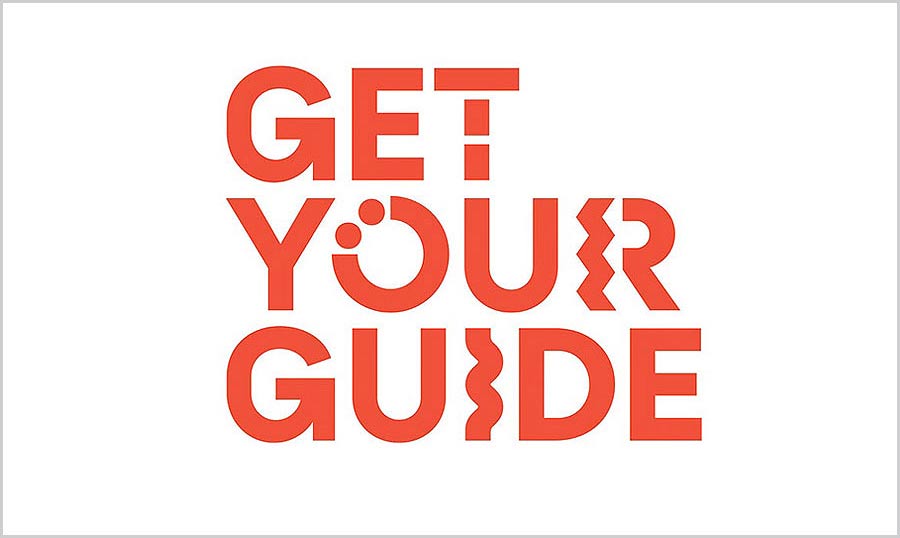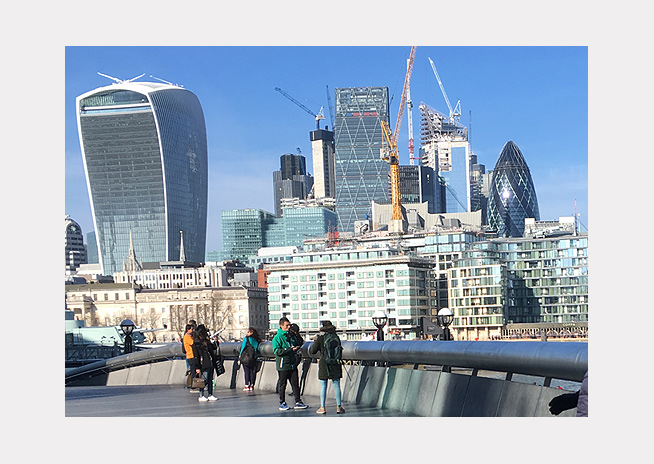How to get around London using Public Transport
The best way to travel on London's Public Transport network is to use the Oyster Card system (a reusable electronic payment card and travel ticket).
London is the most visited city in Europe and has one of the world's largest public transport networks. Transport for London (TfL) is responsible for most of the network and connects all of London's 32 boroughs. Transport options include Buses, Trams, Taxis, the Underground (also called the Tube), the DLR (Docklands Light Railway) and River Bus services.
Top Tips: If you're visiting London on vacation, check out our how-to-buy London attraction tickets guide. If you're looking for city tours and ticket purchase options - visit the Holiday4 GetYourGuide review.
How to use the London underground
The London Underground: The Tube is a highly convenient way to travel around central London. The Underground operates 11 lines covering 402km of track that serves 272 stations and connects the vast majority of London's visitor attractions. Underground services operate daily between 5 a.m. and midnight, with Night Tube services operating on some lines on Friday and Saturday evenings.
Top Tip: If it's your first time using the London Underground - try to avoid the tube during rush hour (Weekdays between 7 am - 9.30 am and 4 pm - 6.30 pm) - at peak times, more than 543 trains are whizzing around the Capital, so stations and platforms can get very busy.
Zones: The public transport system is split into 9 zones that extend outwards from the city centre. The central areas of London are covered by zones 1 and 2, which include the most popular hotels and the city's main tourist attractions. For most visitors, the two central zones will be the ones mostly used. However, if you plan on travelling further afield, you'll need to consider how many zones you're travelling through to reach your destination. This will impact the cost of your fare and the type of ticket you'll purchase.
You can travel anywhere within zones 1-6 using the travelcards mentioned below, including Oyster Cards. The zone system doesn't apply to London Bus services.
Using your contactless cards: To pay the correct fare, touch your Oyster, travel card or contactless payment using the yellow card readers at the station entrance - and remember to touch out using the same card when exiting at the end of your journey. Only touch in on buses and trams - don't touch out!
How to buy Travel Tickets & Cards for Tube and Bus Services
The Oyster and London Travelcard: There are three, easy-to-use, affordable and practical ways for visitors to travel on London's transport systems: (1). The Oyster Card & visitor Oyster Card (2). The London Travelcard (3). Your contactless credit or debit payment card. You can purchase tickets or travel cards either online or directly from the official Transport for London website.
How to Buy and Use the Visitor Oyster Card
If you're a visitor and plan to use London's public transport network, consider purchasing a Visitor Oyster Card in advance. The Oyster card can be preloaded with credit, saving you time when you arrive. You can use it to pay for any journeys within the Transport for London (TfL) network, including the Underground, London Bus, DLR, River Boat/Bus services and most National Rail services in London.
The card works across all travel zones and automatically calculates the cheapest fare for all journeys made in a single day. With daily capping, you can travel as much as you like in a day, and the amount you pay will be limited (or capped). You can top up your Oyster card with 'pay as you go credit' in the following ways: At Tube stations, DLR, London Overground, Elizabeth Line and most National Rail stations, and over 4,000 local shops in London called Oyster Ticket Stops.
How to use the Oyster Card: On entering the Tube station, 'touch your card in' at the start of your journey and touch out at the end (using the yellow card readers), the correct fare will be charged to your card. When using the Bus, only touch in - don't touch out when leaving the bus!
Standard Oyster Cards can be topped up in the following ways:
- Online with a contactless and Oyster account.
- Using the free TfL Oyster and contactless app.
- At Oyster Ticket Stops in many newsagents in London.
- At ticket machines at all Tube, London Overground and most Elizabeth Line and National Rail stations.
- At Visitor Centres.
How to use London Travelcards & Contactless Payments
London Travelcards: The London Travelcard is another ticket option; it allows unlimited travel on London's public transport, including the Tube, Buses, London Overground, Elizabeth line and National Rail services in London. Travelcards are available for travel in selected zones, valid for 1 or 7 days or 1-month durations and provides unlimited travel for a fixed flat fee, and if valid in zones 3, 4, 5 or 6, the pass is also valid for travel on all trams. You can also use your Travelcard to get 1/3 off River Boat fares on some services.
Contactless Payment Cards and Mobile (pay as you go): Travellers can use a mobile device or contactless payment cards (standard credit or debit cards that support contactless payment technology). The rate charged is for one adult 'pay as you go' fare and is available on all transport services. If you make multiple journeys, the total cost of all the journeys made is calculated at the end of that day, with one single charge made directly to your Contactless payment card account.
Please remember, that overseas transaction fees may apply to a card issued outside the UK.
Top Tips: To be sure you are paying the correct and cheapest fare, always use the same device or contactless card to touch in and out of the yellow card readers.
Remember, the London Underground Map is not geographically accurate, it's often quicker to walk instead of getting on the tube to travel a few stops. If you are unsure of the distance between stops, simply refer to a city map to roughly gauge the distance. Alternatively, download the Transport for London's 'walking time between tube stations map' - this useful PDF map shows the time it takes to walk between stations on the same line.
- If you only have pay-as-you-go credit on your Oyster card, you can lend it to someone else; however, two people can't use the same contactless or Oyster card for a journey.
- As with any major city, most commuters make 'full use of' the city's rapid transport systems; however, the London Underground can be particularly busy during commuter times - so be prepared for a squash.
- Remember, the Oyster Card is a permanent reusable electronic ticket which is topped up from time to time by its user, keep the card safe and check its credit regularly to avoid delays to your journey.
- If you just want to use bus & tram services, you can travel as much as you like across London at any time with a 1-day Bus and Tram Pass.


